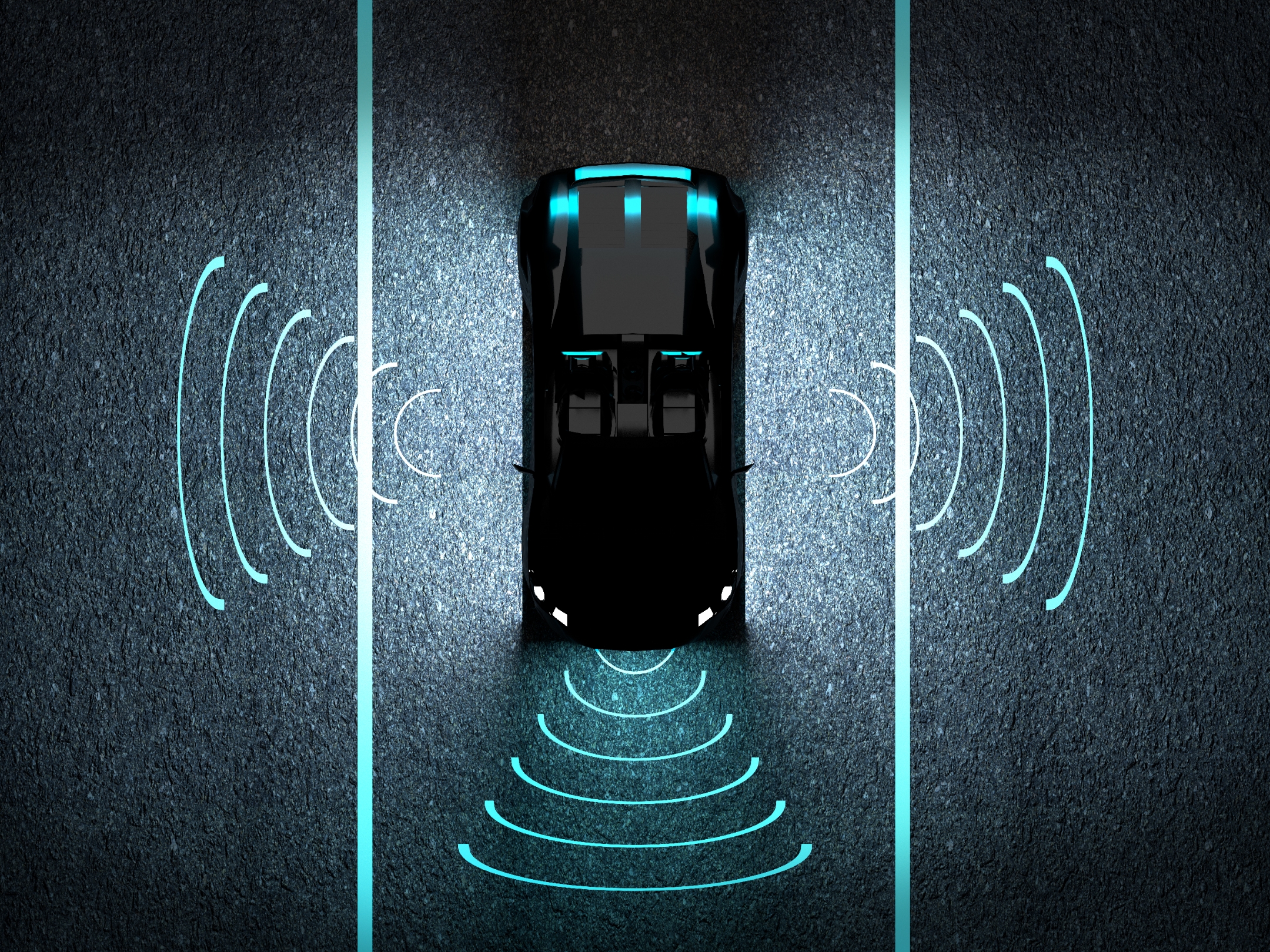Self-Driving and ADAS continue to gain in the automotive industry

The growth of self-driving and advanced driver assistance systems (ADAS) has become both a major trend and discussion point in the automotive industry. Modern ADAS features began reaching consumers at the start of the last decade. An early example is the automatic (or autonomous) emergency braking system (AEB). First introduced to consumers by Volvo on their XC60 SUV, AEB systems were designed to reduce the occurrence of traffic collisions at low speeds. For example, a distracted driver applies the brakes on approach to a stopped vehicle ahead but does not apply the brakes enough. The AEB system can step in to bring the vehicle to a complete stop at the last possible moment (much faster than any human could), saving both drivers some neck pain due to the collision and the insurance paperwork that would follow.
Once they hit the market, AEB systems were a quick success. A 2017 study published in Accident Analysis & Prevention found that low-speed AEB systems reduced front-to-rear crash rates by 43%, and injury rates in those crashes by 45%. Consumers and safety institutions took notice and the demand for AEB systems and subsequent ADAS features has continued to grow to the point that, today, AEB, lane-keep assist, blind spot monitoring, and other “first-gen” ADAS features, once reserved for luxury brands, are included as standard equipment on most cars.
Of course, as these features became standard, automotive companies were hard at work developing the next generation of ADAS and even limited self-driving systems. While Tesla’s Autopilot is the most notable example, multiple companies now offer systems that can enable partially autonomous (i.e. SAE level 2) driving in certain scenarios (often on the highway). Hyundai, General Motors, Ford, Honda, and Nissan are among the major car brands to have announced or already delivered hands-free driving modes that can maintain a certain speed or distance to a car in front, steer, and keep the car within a lane, though all require that the driver stay attentive to the road.
For now, all these systems are offered as optional equipment, except for Tesla’s most basic version of the Autopilot system, which is now standard. Now, Honda is also joining the push to make these advanced driver assistance and self-driving features standard equipment. The automaker recently announced a plan to make an upgraded version of its ADAS technology standard on all new Honda and Acura models sold in the U.S. by 2030. ADAS features today generally rely on cameras, radar, and other sensor types at the front and rear of the vehicle to detect objects ahead and behind. Honda’s upgraded system expands the ‘sensory range’ to surround the entire vehicle, allowing it to detect potential hazards to the front and rear of the vehicle, and in the driver’s blind spots. Additional functionality like hands-free highway driving, hands-free lane changing, and driver monitoring are also coming to this system.
As one of the world’s largest and most recognizable car companies, Honda’s announcement provides clear evidence as to the direction of the automotive industry at large. As automotive manufacturers and technology suppliers continue to pursue the ultimate dream of a true self-driving car, the solutions and systems developed on that journey will continue to make today’s vehicles safer and more convenient.
Siemens Digital Industries Software helps organizations of all sizes digitally transform using software, hardware and services from the Siemens Xcelerator business platform. Siemens’ software and the comprehensive digital twin enable companies to optimize their design, engineering and manufacturing processes to turn today’s ideas into the sustainable products of the future. From chips to entire systems, from product to process, across all industries. Siemens Digital Industries Software – Accelerating transformation.


